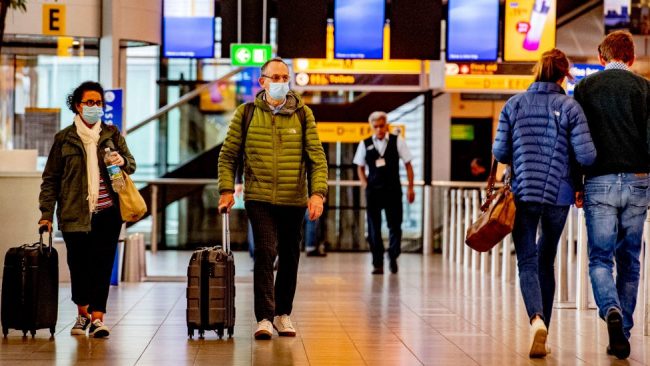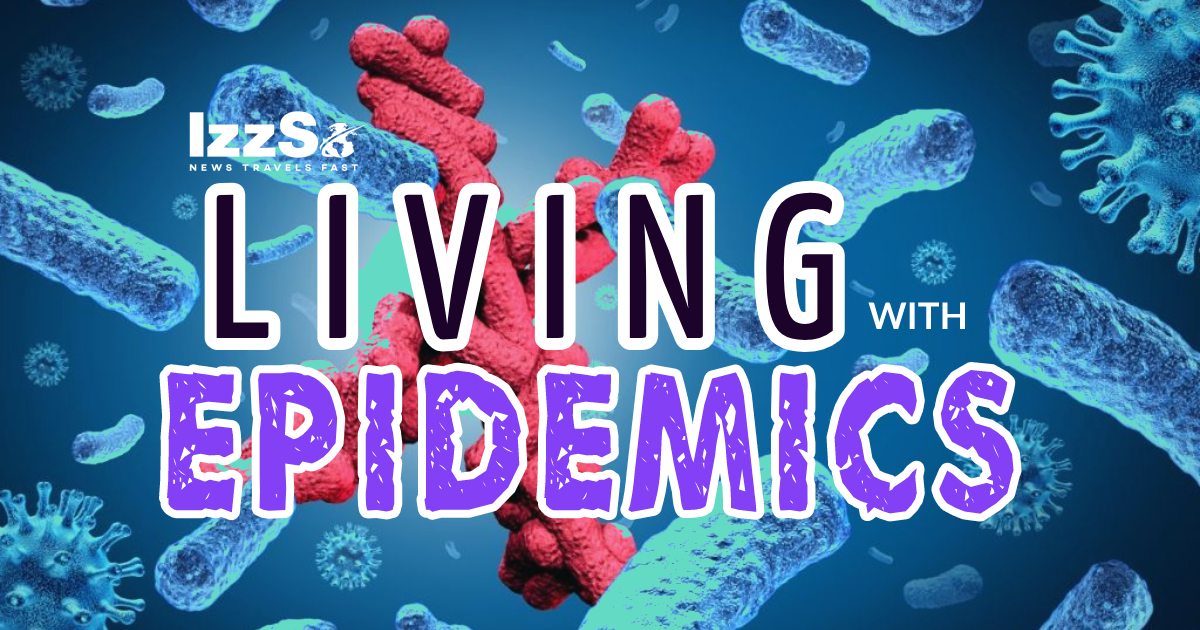As we continue to delve into our new found norm of living with epidemics, new and more intense factors amplify the transmission of diseases, either because they increase contacts between people, or between animals and people. In an era of rapid global change, many of these factors are almost inevitable.
Among them are the fast and intense mobility of people, with increased transport and international travel, and greater inter-connectivity between megacities which are major transport hubs for aircraft, trains, road vehicles and ships.

At the same time, globalization means increased trade among countries as well as greater movement of people within and between them. For decades, more and more people have been migrating from the countryside into cities, in search of better jobs and improved living standards. The unprecedented levels of urbanization and swelling populations of city dwellers inescapably pose greater risks of infectious disease transmission.
These risks apply at least equally to densely populated areas on the periphery of cities, where rural areas overlap with them. Here, close and repeated contacts between people and livestock, domestic animals and wildlife raise the likelihood risk of new epidemics. To make matters worse, these peri-urban areas tend to be poorer, and local people have less access to health care facilities.
The double jeopardy here is that their infections may go undetected and untreated, while the options for detection, prevention and control are reduced. The Ebola outbreak in 2014 has dramatically demonstrated this.
Regrettably, the early years of the 21st century have seen many humanitarian emergencies, the massive displacement of populations fleeing from civil unrest, political instability, conflicts wars and natural disasters. Millions of people have been uprooted from their homes and become either refugees, asylum-seekers or economic migrants, and find themselves living in conditions, often overcrowded, that also increase infection risks.Potentially hazardous changes are also taking place in the use of land, agricultural practices and food production, such as live poultry and animal markets, and deforestation – which also leads to increased contact between people and wildlife. Some of these animals – monkeys, for example – are likely sources of new pathogens.
Finally, ecological changes, such as climate change, also contribute to disease transmission. Other factors contribute to increase the virulence and mortality of epidemic diseases. Chief among them, as we have noted earlier, are limited access to health care, and poor health care systems that have inadequate infection prevention and control practices. The conflicts and wars referred to above not only cause civilian casualties and displacements: they destroy health care facilities exactly when and where they are most needed.


COMMENTS